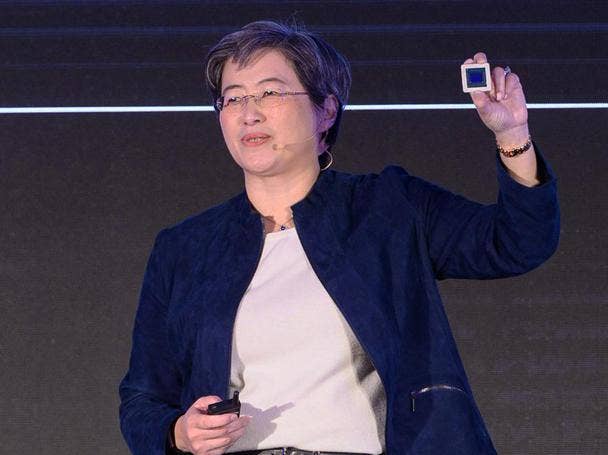AMD Confirms $35B Xilinx Acquisition To Become HPC ‘Leader’
‘By combining our world-class engineering teams and deep domain expertise, we will create an industry leader with the vision, talent and scale to define the future of high-performance computing,’ says AMD CEO Lisa Su of the company’s plan to acquire FPGA maker Xilinx.

AMD has announced a deal to acquire programmable chipmaker Xilinx for $35 billion to establish what CEO Lisa Su said will be “the industry’s high-performance computing leader.”
The Santa Clara, Calif.-based company’s Tuesday announcement marks yet another tectonic shift in the semiconductor industry following Nvidia’s announcement in September that it plans to buy British chip designer Arm for $40 billion. Rumors of the deal emerged earlier this month.
[Related: Intel’s $9B NAND SSD, Memory Sale To SK Hynix: 6 Big Things To Know]
The all-stock deal, which represents approximately $143 per share of Xilinx common stock, has been approved by the boards of directors of both AMD and Xilinx, and it’s expected to close in late 2021 if it gets approved by regulators and meets other closing conditions. AMD said the deal will qualify as a tax-free reorganization with respect to U.S. federal income taxes.
Su will serve as CEO of the combined company while Xilinx President and CEO Victor Peng will be responsible for the Xilinx business and strategic growth initiatives. AMD will also add two Xilinx directors to its board of directors.
Within 18 months of the transaction closing, AMD said, it will make $300 million in spending cuts, which will largely consist of “synergies in costs of goods sold, shared infrastructure and through streamlining common areas.” The deal means AMD shareholders will own approximately 74 percent of the combined company while Xilinx shareholders will own roughly 26 percent.
The acquisition of Xilinx, which has 13,000 employees, will give AMD an arsenal of products to compete with Intel’s FPGA solutions that were gained through the rival’s $16.7 billion acquisition of Altera in 2015. But AMD will also gain another way to compete with Nvidia since Xilinx has positioned its Alveo accelerator cards as worthy competition for Nvidia’s data center GPUs.
AMD has been making bigger strides in the data center, most recently with its second-generation EPYC processors. The company said in its earnings report Tuesday morning that EPYC contributed to its 56 percent year-over-year increase in third-quarter revenue of $2.8 billion. The company is also planning new data center GPUs based on a new CDNA architecture.
“Our acquisition of Xilinx marks the next leg in our journey to establish AMD as the industry’s high-performance computing leader and partner of choice for the largest and most important technology companies in the world,” Su said in a statement. “This is truly a compelling combination that will create significant value for all stakeholders, including AMD and Xilinx shareholders who will benefit from the future growth and upside potential of the combined company.”
“The Xilinx team is one of the strongest in the industry and we are thrilled to welcome them to the AMD family,” she added. “By combining our world-class engineering teams and deep domain expertise, we will create an industry leader with the vision, talent and scale to define the future of high-performance computing.”
Xilinx, a San Jose, Calif.-based company founded in 1984, makes reprogrammable chips called field-programmable gate arrays, or FPGAs, that serve as the basis for a variety of products targeting several markets, including telecom, automotive and broadcast. But over the last two years, the company has embraced a strategy that is bringing it deeper into the IT channel than ever before: “data center first.”
The company has been pursuing the data center market with a lineup of Alveo accelerator cards, which Xilinx says provide “adaptable” high performance for applications ranging from storage and data analytics to machine learning and streaming video.
“Our leading FPGAs, Adaptive SoCs, accelerator and SmartNIC solutions enable innovation from the cloud, to the edge and end devices,” said Peng in a statement. “We empower our customers to deploy differentiated platforms to market faster, and with optimal efficiency and performance. Joining together with AMD will help accelerate growth in our data center business and enable us to pursue a broader customer base across more markets.”
This story will be updated.